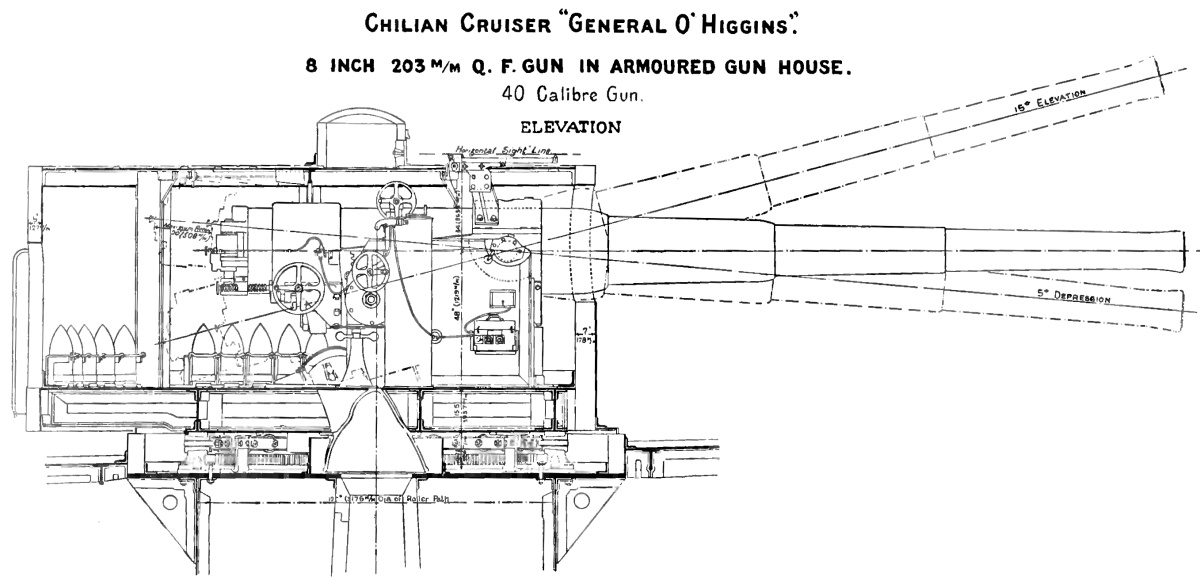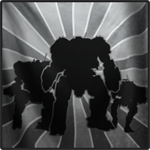 Alistair Winter, on 12 August 2016 - 10:17 AM, said:
Alistair Winter, on 12 August 2016 - 10:17 AM, said:
The recoil is absorbed by a mechanical contraption that doesn't create any heat at all. Even if the engine is dead, you just need the electrical system switched on to fire the cannon and most of the recoil will be absorbed by the way it's mounted.
The movement of the tank does create heat, but that's from the engine trying to propell 40+ tons of steel through terrain. The amount of heat from a 100+ mm cannon is so insignificant that if your face is 10 cm away from the cannon when it fires, you won't notice any kind of heat at all. Just a wicked shockwave and a loud sound. You can fire every 3 seconds for 5 hours, the only thing that will happen is that you'll run out of ammo. There's no overheating, there are no heat sinks and no real cooling system (although obviously some tanks have air conditioning to operate in warm climates).
In MWO, it's the opposite situation. Moving your mech has barely any impact at all, but firing ballistic weapons (such as the modestly sized AC5) creates an awful amount of heat, potentially overheating the mech.
Ahem. To clear things.
Firing any projectile base weapons (and to the lesser extent beam weapons) will enevitably rise the recoil problem. Historically the problem was solved by various ways (ignoring was and is the most used one). Anyway, physically, at he moment the barrel becomes pressurised between it's bottom (the lock or plain bottom is irrelevant) and the projectile (via gasses from burning poweder or by oppening a pressure vault in pneumatics, whatever) there is a force (and it is equal or higher due to geometry than the force that pushes the projectile) that pushes the barrel back.
And then there are contraptions.
The simple way is to ignore this and get the weapon mount be hit by a barrel (turret or shoulder whatever). Small caliber and light projectile will allow this. But there is limit to meterial stress resistance. Once you overshoot it, you get a barrel flying backwards from the disintegrating gun (and residual gases jet from a barrel does not help this in any way). This limits the distructive force of weapons and is not the way people do. And MWO shows no impact from the shot on the firing Mech.
The solution to lower the barrel acceleration during the shot was known for long time and is a simple hole in the barrels end. The weapon becomes lethal up close on both ends and dangerous on rear end up to 100-200 m (if memory serves). And it still has recoil (while colled reciolles it still has it albeit on lower scale) and cannot be used in enclosed spaces.
The attempt to eat away recoil ampliude after the shot introduces the recoil dampers and barrel breaks. First contraptions slow the barrel during the shot while accelerating themselves converting a recoil strike to a strong but lower ain force and longer in duration impulse but the momentum is still there (the tank you mentioned earlier didn't remain still, did it?). The second do not exist in MWO (just look on those barrels).
With the recoil damper partiall absorbing kinetic energy (the momentum is conserved anyway) of the barrel you get them heating. Its temperature growth might be low, yes, but is quite noticeble. Now to keep that weapon mostly motionless in BT you will have to counter the force of that recoil push after dampers by Mech movement or whatever contraption (myomer, techs, gnomes, ants, whatever) is there around or in the weapon itself. You have all the prerequsites to fill the blanks for heat produced by those things if you know the scale of mech heat production by its movement as needed force can be aquired from projectile mass and speed.
Yes, the barrel will heat faster and more violently, but it's not that the heat comes only from hot gases heating the barrel that second or two before they vent out of the buisiness end. And effort to keep barrel
and its housing still is energy consuming.
 Alistair Winter, on 12 August 2016 - 10:01 AM, said:
Alistair Winter, on 12 August 2016 - 10:01 AM, said:






























